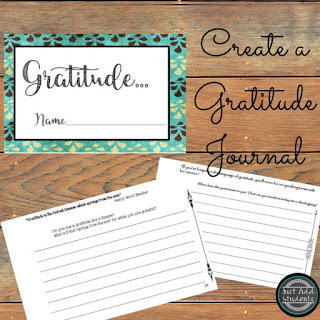Here is what it is:
Many students think in a FIXED mindset. I am bad at this. I will never get this. This is too hard for me.
Students need to think in a GROWTH mindset. Let me try a different strategy. I know I can do this. I can do better work than I am doing right now.
This is not only a positive mindset, but it helps students that may not think they are "smart"--GROW! Research has shown that it is a lot about the mindset of the students because they have been allowed to be in that fixed mindset throughout their whole school career.
I found out about this research last year during second semester and work on it with my kids. I kicked it up a notch this year and wanted to share it with you! I think they really got it!
Carol Dweck is the guru behind all of this and this video below explains more about this process.
One way that I introduced this topic to the kiddos is through picture books.
I used the following books:
The Most Magnificent Thing by Ashley Spires
Lily the Unicorn by Dallas Clayton
The Dot by Peter Reynolds
Going Places by Peter and Paul Reynolds
Ish by Peter Reynolds
There by Marie-Louise Fitzpatrick
All of the above videos are FANTASTIC! They really teach the kiddos that they DO HAVE THE POTENTIAL to DO IT!
Finally, I incorporated FOOD into my lessons because students always seem to understand it more with food? Am I right?
I made a Growth Mindset snack mix. Here is how I did it:
I split up each letter over seven days. You can see when you look at the chart that each letter is representative of one skill that is needed to have a growth mindset. We watched a video and then talked about why each letter fell with that food. I then gave them ONE of that. For example, one marshmallow, one piece of life cereal, etc. We then did that for each day. At the end of our seven days, we reviewed everything and it order to make our mix they had to recall everything. We then ate! While the kiddos were eating, I had them work on this book I found this book is a freebie from Growing Firsties. Even though, it is first grade--my kiddos still loved it! It gave us something to remember and recall everything we have learned.
Here is a freebie just for you about all of the reasons why I used that certain food! Some of them are a stretch because I wanted specific food for allergy purposes, but if you buy into it they will too! They will love it!




















































